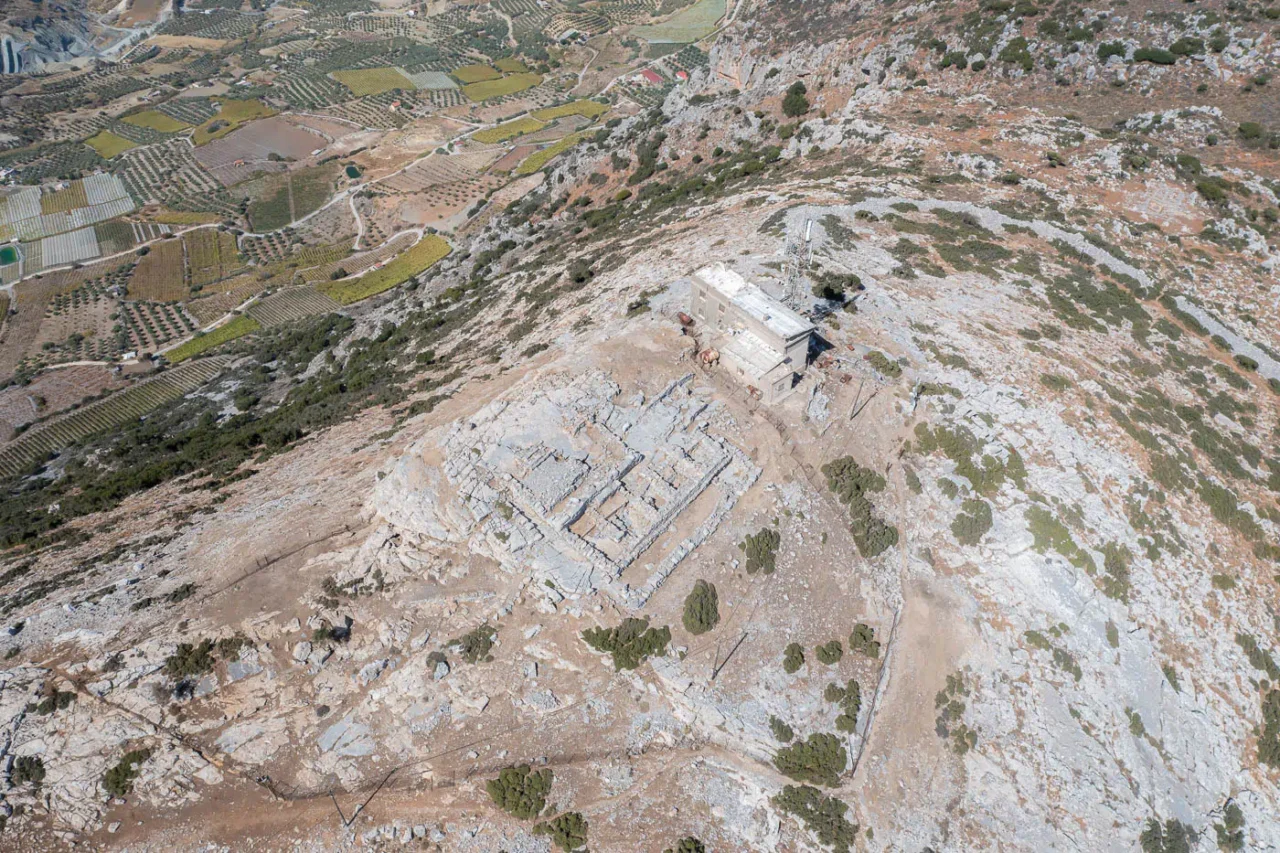
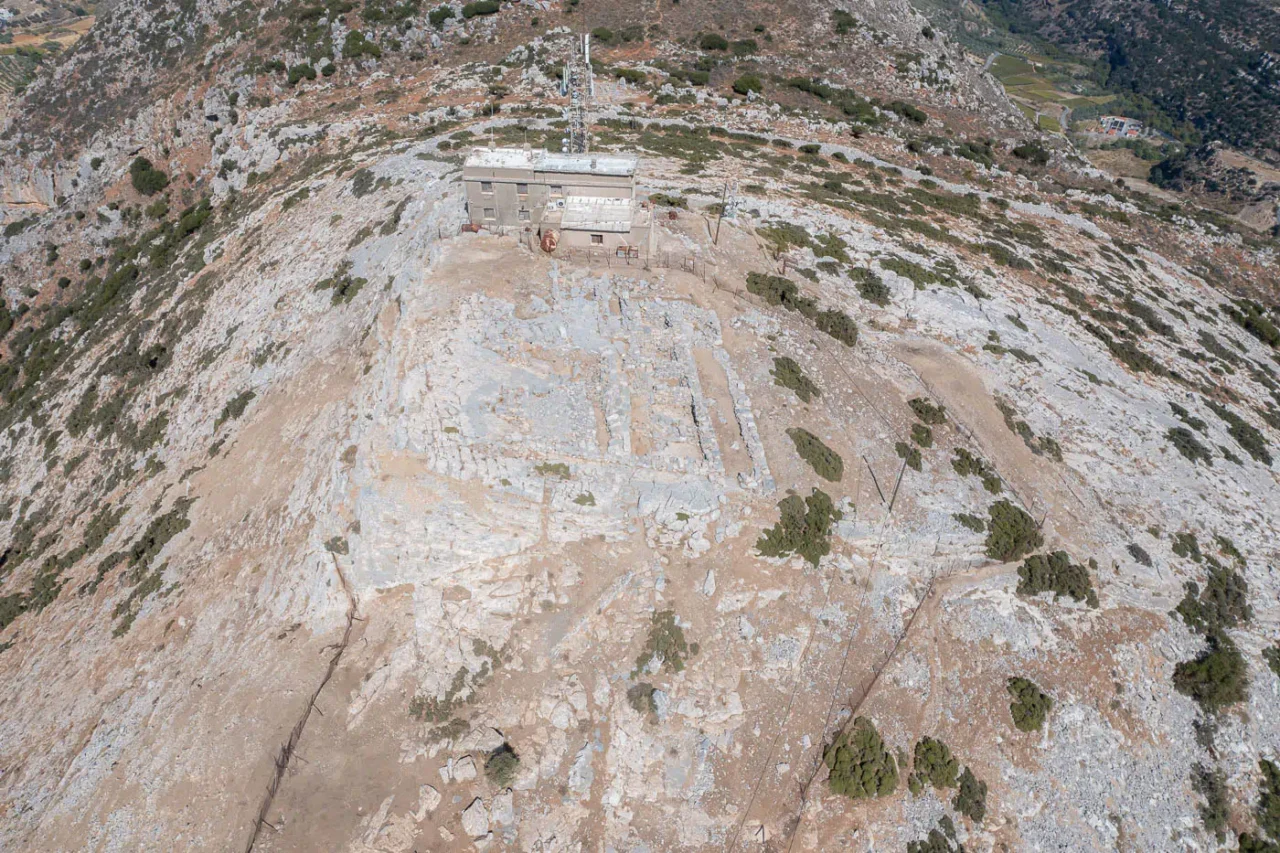
The Giouchtas Minoan Peak Sanctuary, also known as Iouchtas, Jouktas, Juktas, or Iouktasso, is an archaeological site located on the mountain of Giouchtas near Epano Archanes in Crete. The site is significant for its association with Minoan religion and offers insights into the ritual practices and beliefs of the Bronze Age civilization in Crete.
Origins and Early History
The origins of the Giouchtas sanctuary can be traced back to the Early Bronze Age, with evidence suggesting that the site may have been used for ritual activities as early as the end of the third millennium BC. The exact nature of these early activities remains unclear, but the site’s prominent location and the presence of artifacts such as figurines and pottery fragments indicate its importance in the development of Minoan religion.
Topography and Location
The Giouchtas sanctuary is situated on a mountain peak, a characteristic feature of Minoan peak sanctuaries. This elevated location is believed to have been chosen for its association with the divine realm and its visibility from the surrounding areas. The sanctuary offers panoramic views of the Cretan landscape, including the nearby town of Knossos, which was the most important center of Minoan civilization. The sanctuary’s location on a mountain peak also reflects a common practice in Minoan religion, where elevated places were considered closer to the divine realm.
Archaeological Evidence
Archaeological investigations at the Giouchtas sanctuary have revealed a variety of structures and artifacts that shed light on the ritual practices and beliefs of the Minoan people. The site includes a temenos, or sacred precinct, which is enclosed by a wall and contains several buildings and open-air spaces used for ritual purposes.
Among the most significant finds at the Giouchtas sanctuary are numerous clay figurines, which depict both humans and animals. These figurines are believed to have been votive offerings, left at the sanctuary by worshippers as part of their religious practices. The human figurines often depict worshippers in poses of adoration or supplication, while the animal figurines represent a variety of species, including bulls, goats, and birds.
In addition to the figurines, the sanctuary has yielded a variety of other artifacts, including pottery fragments, stone tools, and bronze objects. These finds provide further evidence for the range of activities that took place at the sanctuary, including feasting, libations, and sacrifices.
Ritual Practices and Significance
The exact nature of the rituals performed at the Giouchtas sanctuary remains uncertain, but the archaeological evidence suggests a variety of practices aimed at communicating with and propitiating the Minoan deities. The presence of numerous votive offerings indicates a belief in the power of these objects to convey prayers and requests to the divine realm.
The elevated location of the sanctuary and the panoramic views it offers suggest that the rituals performed there may have also involved an element of communion with the natural world. The prominent peaks and caves of the Cretan landscape were often seen as dwelling places of the gods, and the rituals performed at peak sanctuaries may have been intended to connect with these divine forces.
Relationship with Knossos, Archanes, and Anemospilia
The Giouchtas sanctuary is located near the important Minoan centers of Knossos and Archanes. Its proximity to these centers suggests that it may have played an important role in the religious and social life of the Minoan people. The sanctuary’s location near Knossos, the most prominent center of Minoan civilization, also indicates its potential connection to the ruling elite and the palatial system.
The sanctuary’s proximity to Anemospilia, another important Minoan religious site, further highlights its significance in the religious landscape of Crete. Anemospilia is believed to have been a temple dedicated to the Minoan deities, and its association with the Giouchtas sanctuary suggests a potential network of religious sites in the region.
Conclusion
The Giouchtas Minoan Peak Sanctuary is a significant archaeological site that offers valuable insights into the religious beliefs and practices of the Minoan civilization. Its prominent location, its association with Minoan deities, and the rich assemblage of artifacts found there all point to its importance in the religious landscape of Bronze Age Crete.
The sanctuary’s continued use over several centuries, from the Early Bronze Age through the Late Bronze Age, highlights its enduring significance in Minoan religion. Although the exact nature of the rituals performed there remains uncertain, the archaeological evidence suggests a variety of practices aimed at communicating with and propitiating the Minoan deities.
The Giouchtas sanctuary stands as a testament to the richness and complexity of Minoan religion and offers a glimpse into the beliefs and practices of one of the most fascinating civilizations of the ancient world.
Site: Key Points
- Construction Period: Early Bronze Age (end of the third millennium BC)
- Location: Mountain peak near Epano Archanes, Crete
- Historical Significance: Associated with Minoan religion, potential insights into ritual practices and beliefs
- Current Status: Archaeological site
References
- Nowicki, Krzysztof. Cretan Peak Sanctuaries: Distribution, Topography and Spatial Organization of Ritual. 2016.
- Paes Troiano, Leonardo. Materiality, ritual performance and social interactions in Minoan peak sanctuaries during the Neopalatial period. 2022.
- Marinatos, Nanno. Minoan Religion: Ritual, Image, and Symbol. 1993.
- Castleden, Rodney. Minoan Life in Bronze Age Crete. 1990.
- Peatfield, A. A. D. The Topography of Minoan Peak Sanctuaries. 1983.
- Prent, Mieke. Cretan Sanctuaries and Cults. 2005.
Access
The sanctuary is fenced. A small hike is required to reach it.













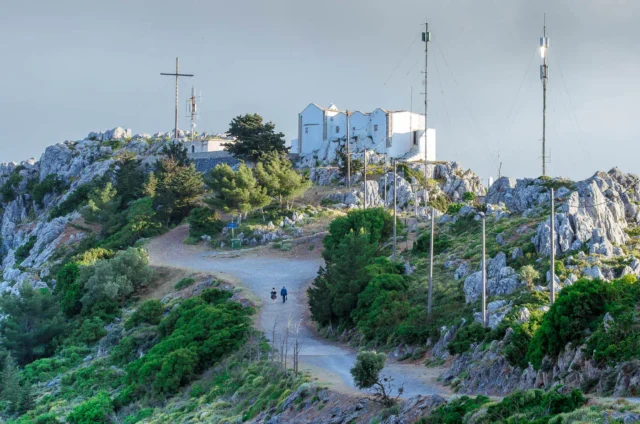



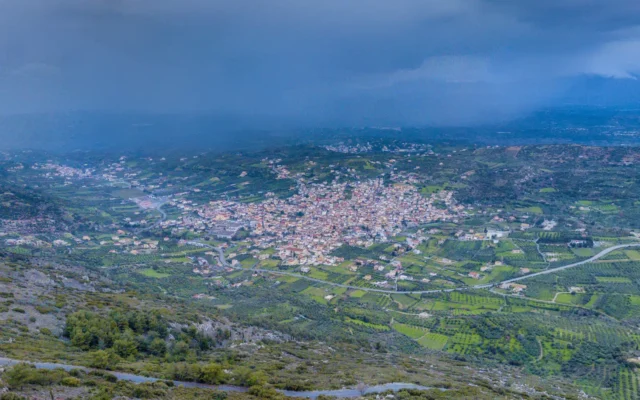
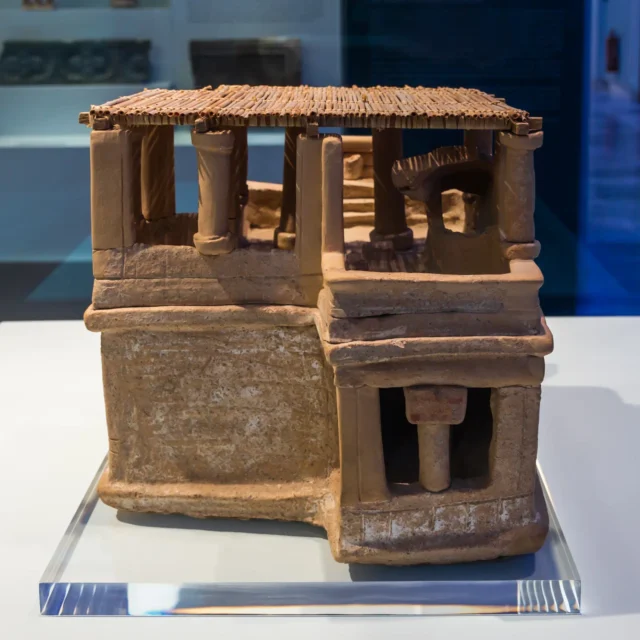



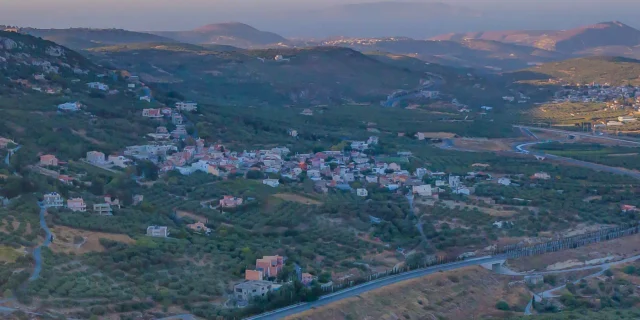
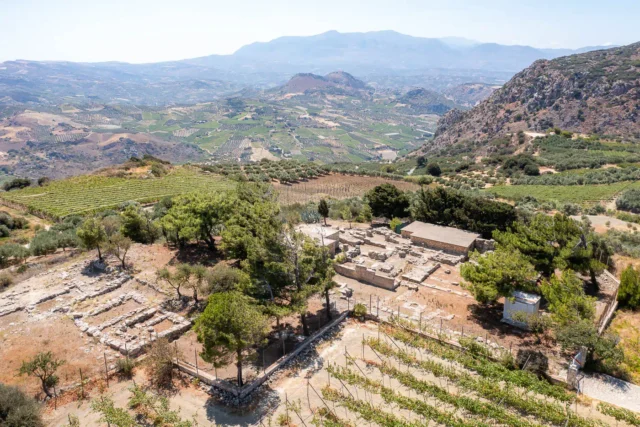
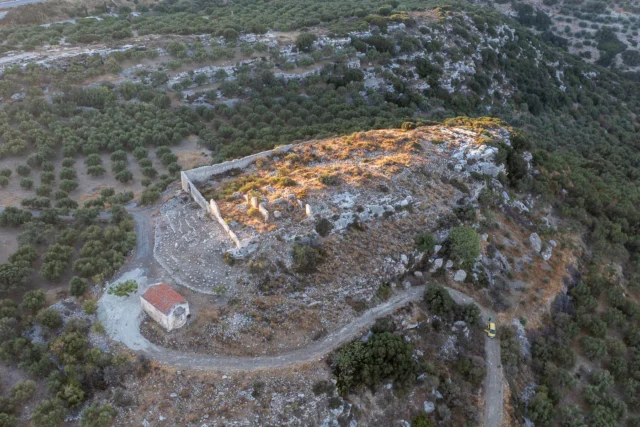
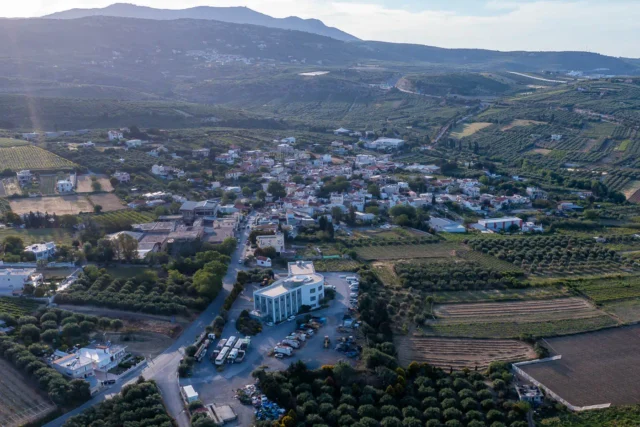

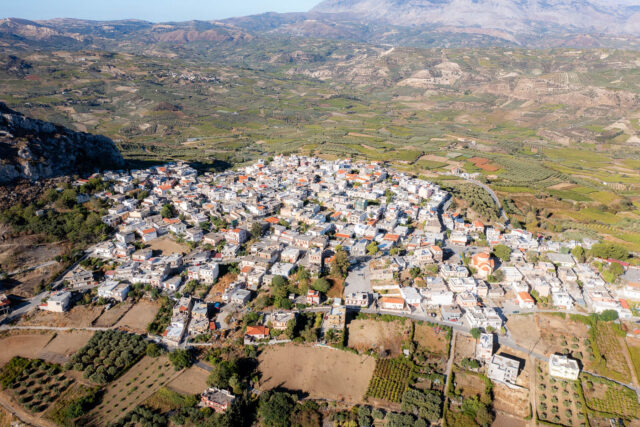
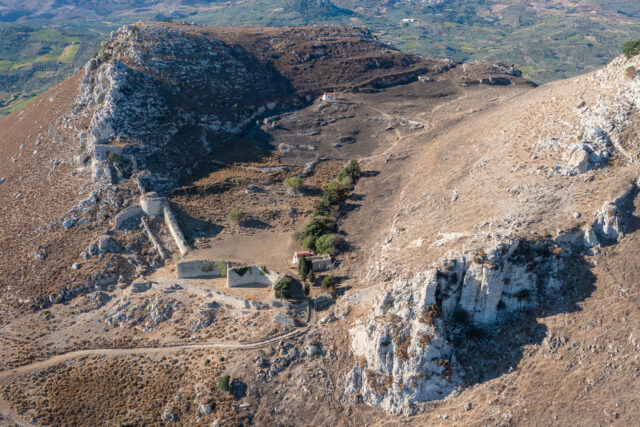
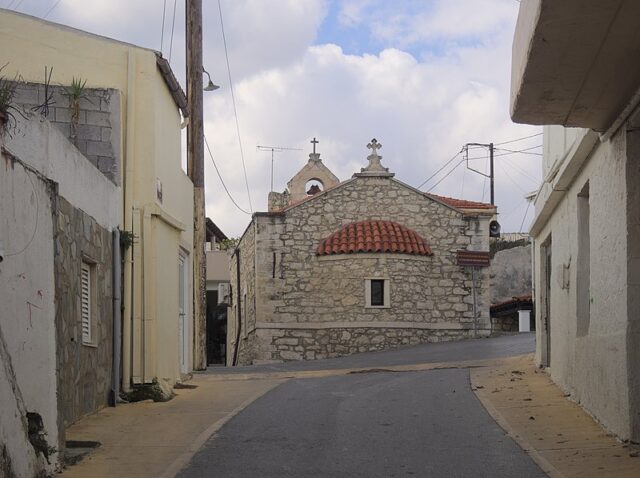

There are no comments yet.